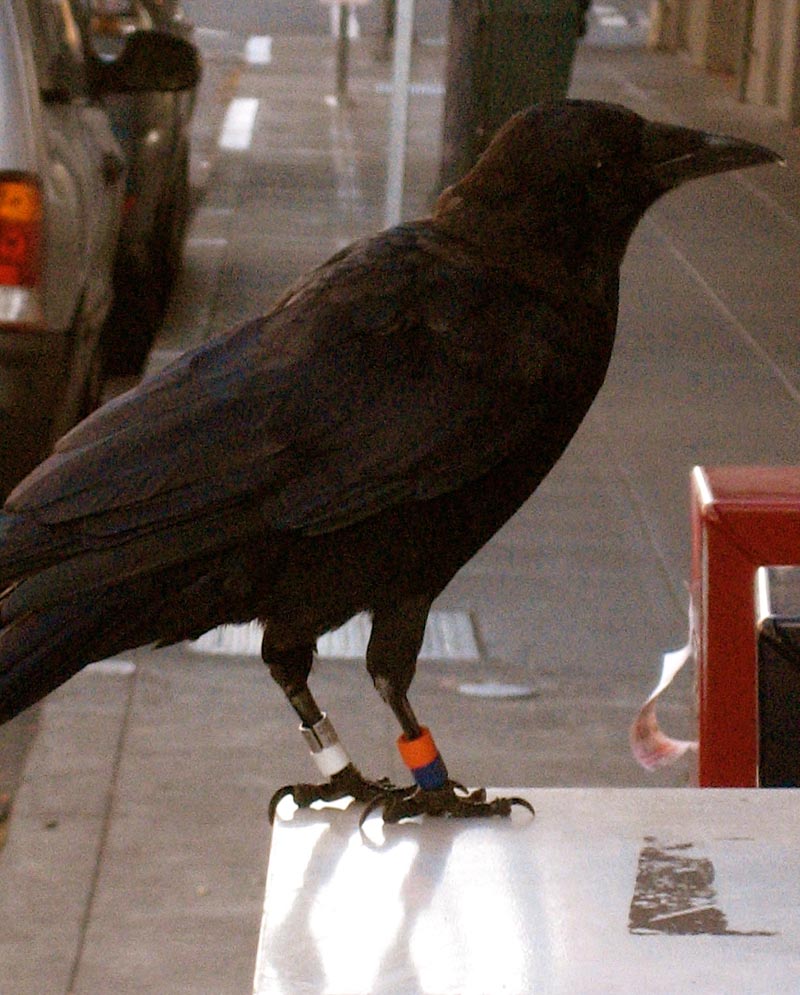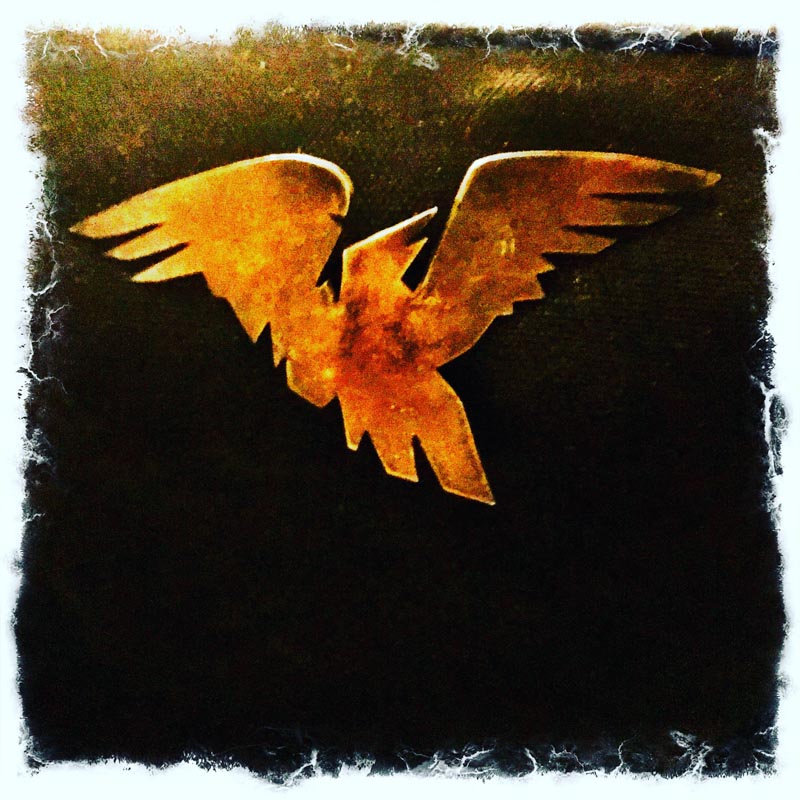
Deep perceptions, brand metaphors and the avian sentience.
For most of my life, I’ve been a student of the birds.
I admire them from the perspective of their calligraphic flight, fluttering and drifting, flourishing in elegant strokes in the air. I’ve cut them in steel, as above—a celebration of their call.
And I’ve drawn them—for just that reason—capturing the spirit of their soaring flash.
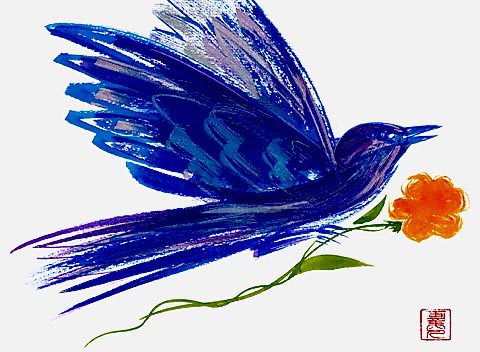
Over time, my perspective on birds—and brands, design thinking, audience surveillance, customer and shopper archaeology, interceptions and purchaser insights—is that they interplay: the allegories of the two, brand design and birds; the sharp-eyed birds and their close watchfulness; it comes down to the watch, as in the sentience of close observations. So, too, in our work—the close watch on brands, the integrity of the statements, the closely-held care of their preservation and consistent presentation. This paired watchfulness is a matching alliance that shall reach-out, and reach-in, deeper—enabling expressions of attentionality, the analysis of insight, focus and—further to this allegory–wildness, working, and being with raptors.
Think rapt attention.
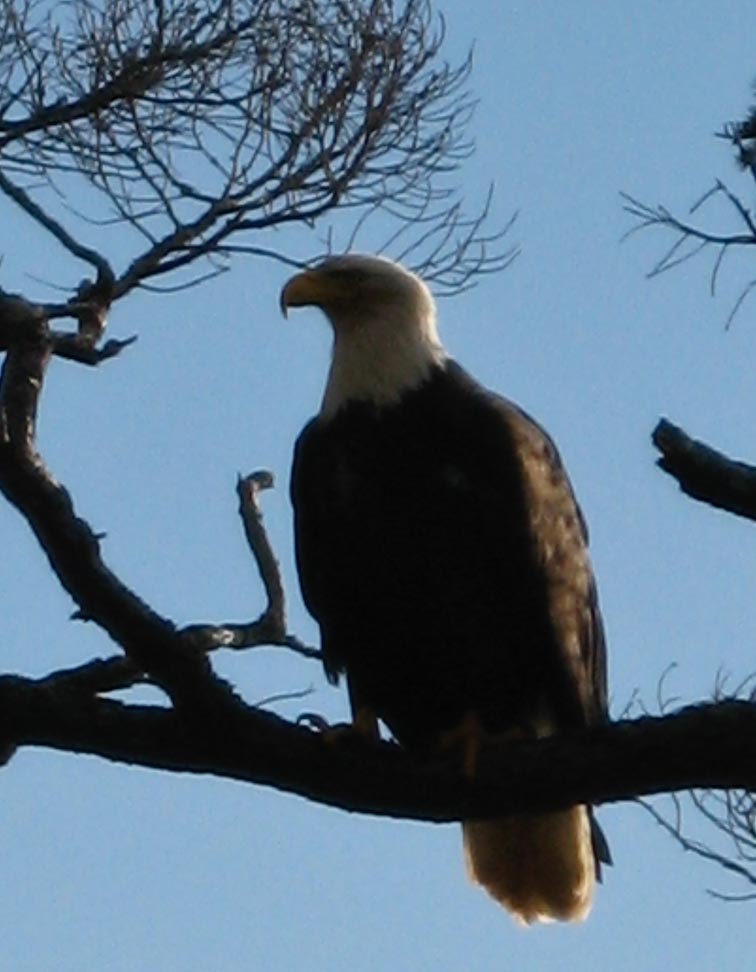
Some of you might know, that growing up, I was really into raptors.
Decades later, I still watch them, count them out—
the roadside, waterside running—I point out
the red-tailed hawks, the bald eagles, the peregrines and osprey.
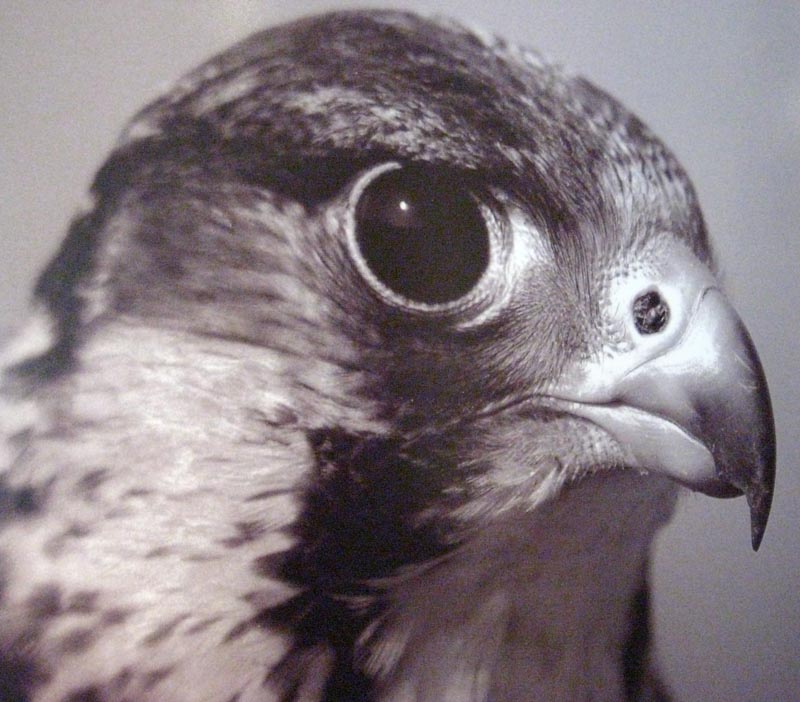
There’s nothing on earthly experience quite like getting close to one of these birds—and in the poetry of studying them, leaning-in—you might know that one path to get close to the big birds is Falconry.
When I was first exploring the “art” of Falconry, as a teenager, it was defined as “the sport of kings.” I couldn’t imagine that there were communities in the Pacific Northwest. But there are, still running. Given the regal and rare character of the birds, there are State restrictions and protections, as well. The real tradition, hunting with, and training Falcons, is as literal “life partner birds,” a heritage that is perhaps more than 4,000 years old, a global tradition—every falconer starts as a falconer’s apprentice.
.
That is where I began, in Spokane.
The training, in working with the big birds, requires a bonding of absolute trust—between the falconer and the bird. Trust happens in working with a bird that’s a chick or a fledgling. You can never start a relationship with a grown bird. What that means, and what limited my time with “a” big bird, was the living in, having the bird in the house, in close proximity, that means living with the bird—as a baby chick, then growing up with the bird; letting it grow up with you. Smelling you, being around your movements and sounds, you share that early life. Interestingly, my Mom and Dad weren’t too keen into that idea—bringing a bird in, the sheer size, like that oversized familial dog, it’s a deeper and more complex expectation. It’s a committed relationship and household-altering premise.
With a warm barn room, a wood stove, it’s possible; but a big bird isn’t easy. Newspaper in a cage isn’t an option—raptors stand on a grip, with talons as sharp as awls—a beak like a polished steel hook. Instead, I was an apprentice, a carrier—a handler.
Looking into the eyes of a raptor—eye to eye, only inches from your face, is an unforgettable experience. So too ravens, also ever-sharp and thoughtfully curious closely-watching observers.
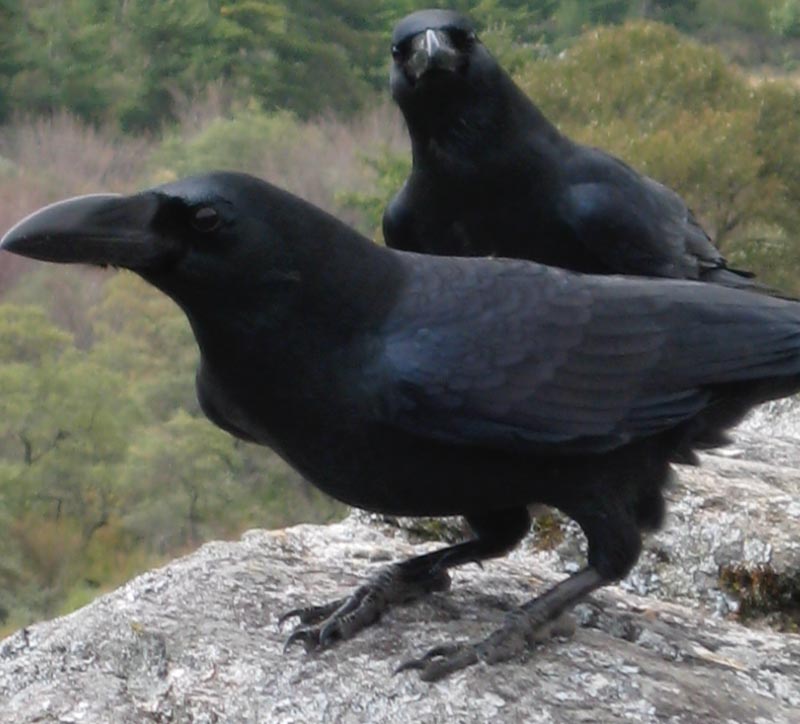
The idea of seeing—deeply, precisely, close and far, newer levels of attention that are almost impossibly imaginable, animal focus—is wholly changed in being with, close by, the raptors and corvids. Because this is how, and what, they see. Indeed—rapt attention—the rapture of unfathomable degrees of perception, the capture of wholly engaged attention, is a profoundly powerful revelation. Something we’ve noted in other blogs—as in Linda Stone’s contemplations of attentiveness.
I search out the crossing field of perception, living design thinking, brand strategy is an amalgam of mixed realms of symbolic attribution—“if it’s saying something to you, what does it mean?”
Or more critically to other students, designers and theorists, “there is always what’s on the surface—the most obvious, but lies beneath, what is behind that surface is what, literally, in-forms the construct of its presentation.
We help see deeply.
Tim | Zürich, CH | GIRVIN | Strategic Brands
Digital | Built environments by Osean | Theatrical Branding
Our focus is in integrative projects in strategy | story | naming | messaging | print
identity | built environments | packaging
social media | websites | interactive
& bespoke j e w e l r y f o r b i r d s
